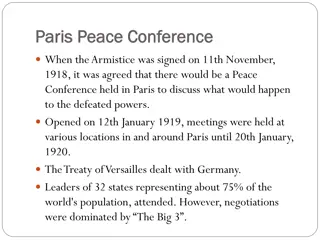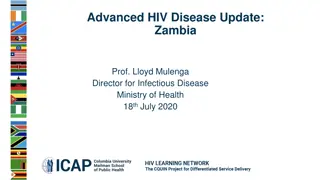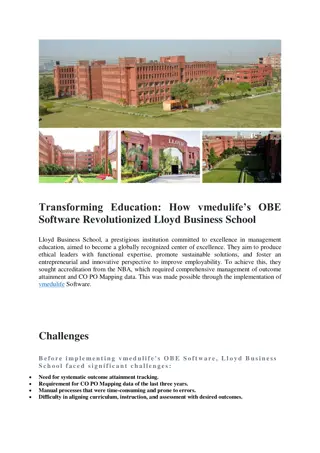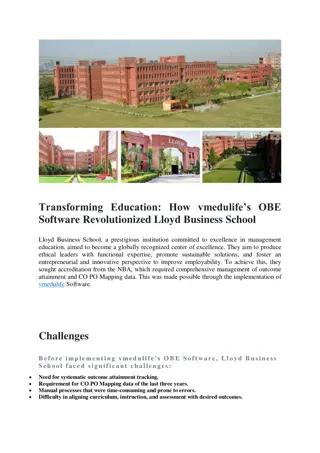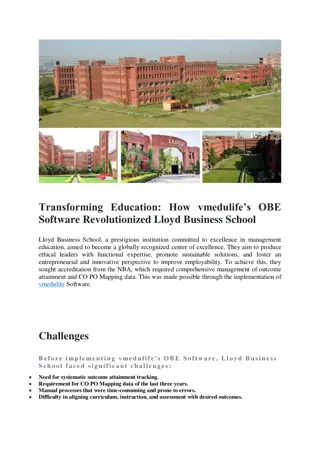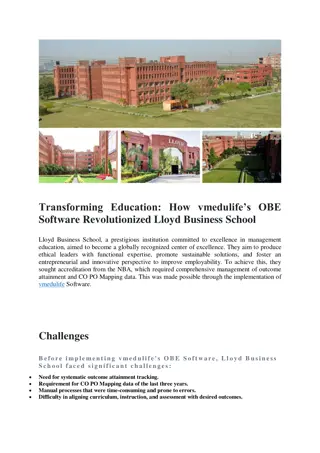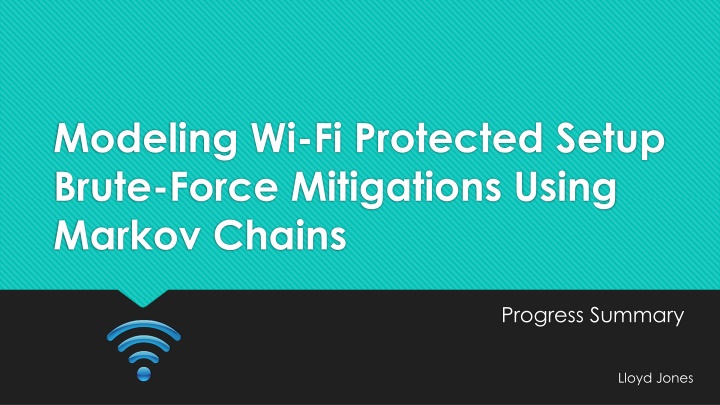
Wi-Fi Protected Setup Brute-Force Mitigation Using Markov Chains Progress
Explore how Wi-Fi Protected Setup (WPS) technology can be secured against brute-force attacks through the use of Markov Chains. The progress includes defining variables, states for Markov chains, and probabilities to model different wireless router mechanisms for mitigating attacks.
Download Presentation

Please find below an Image/Link to download the presentation.
The content on the website is provided AS IS for your information and personal use only. It may not be sold, licensed, or shared on other websites without obtaining consent from the author. If you encounter any issues during the download, it is possible that the publisher has removed the file from their server.
You are allowed to download the files provided on this website for personal or commercial use, subject to the condition that they are used lawfully. All files are the property of their respective owners.
The content on the website is provided AS IS for your information and personal use only. It may not be sold, licensed, or shared on other websites without obtaining consent from the author.
E N D
Presentation Transcript
Modeling Wi-Fi Protected Setup Brute-Force Mitigations Using Markov Chains Progress Summary Lloyd Jones
Topic Background Wi-Fi Protected Setup (WPS) technology used for easy connection to wireless devices Simpler than remembering long WEP/WPA passphrase Push-button and PIN method Known weaknesses in WPS, susceptible to brute- force attacks Goal is to model how different wireless router mechanisms can mitigate these attacks
Progress Made Since Proposal Access point-imposed delay between PIN attempts (seconds) 0 < d < 5 Refined problem solving approach by defining variables and equation that will be used L(s/p) Lockout (s) in seconds per amount of consecutive incorrect PINs (p) 0 < s < 120 3 <= p <= 25 Researched common consumer router WPS delays/lockouts t > 0 Time limit for successful attempt (minutes) A1,2,3 n 1 < n < 11,000 Defined states for Markov chains (Not associated, M5 ACK, M7 ACK) PIN attempts in numerical order 0 < v < 5 Access point PIN validation time in seconds 0 < P0 < 1 Probability of client being in unauthenticated state 0 < P1 < 1 Probability of brute-forcing first half of PIN 0 < P2< 1 Probability of brute-forcing second half of PIN 0 < P < 1 Overall probability of successful brute-force given d, L(s/p), t, v
Next Steps Model ideal scenario with Markov Chains and graph results Start to model other likely scenarios for comparison Elaborate on Problem Statement and Literature Survey Possibly perform real world testing?





